SEE IT IN ACTION
Our acrylic window inserts create a barrier of trapped air to keep cold out and heat in. See why acrylic aces our insulation test!
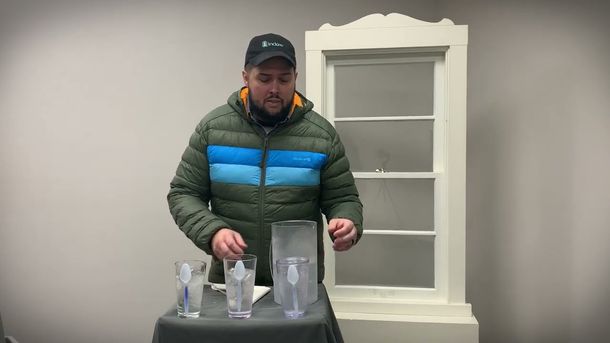
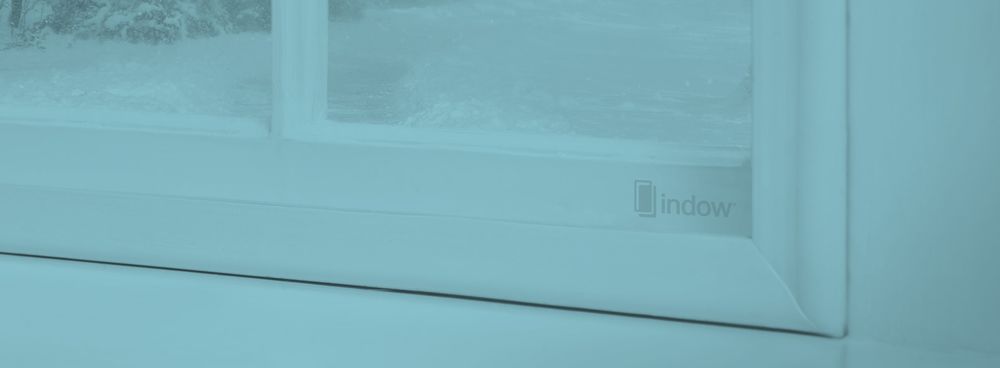
Many windows have small, nearly invisible cracks or leaks in their seal which allow particulate matter inside your home. That's the tiny particles of pollen, smoke, car exhaust and other contaminants that decrease your indoor air quality and may spike the allergic reactions in you and your loved ones.
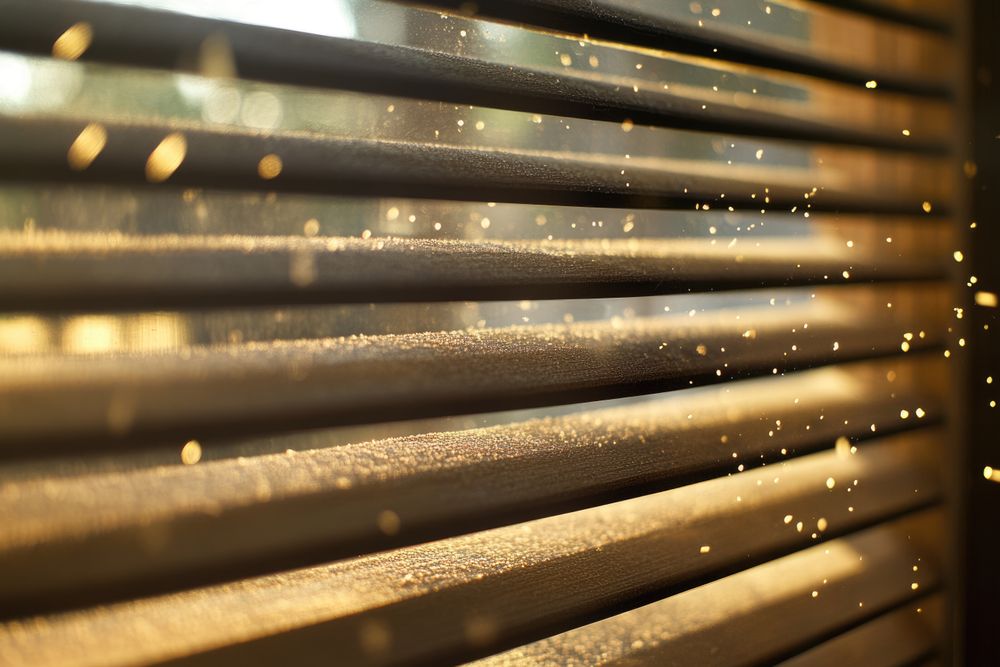
What's even worse is that many windows will collect condensation inside the window frame, leading to mold and mildew - an allergen and a health risk!
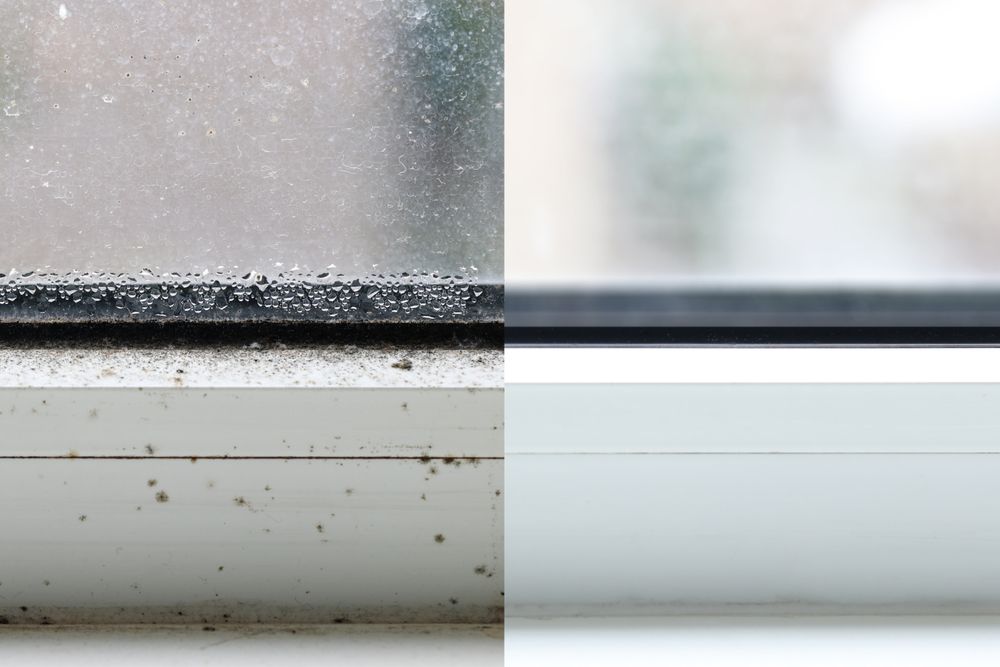
With our patented Snug Fit compression tubing and premium acrylic glazing, our Thermal Window Inserts reduces the amount of cold drafts and heat loss happening through your windows by creating a near airtight seal in your windows. This leads to lower energy use - saving homeowners an average of 20% per year on energy expenses.
That airtight seal also keeps particulate matter outside - improving the air quality indoors - while drastically reducing condensation by creating a barrier between cold winter air and your warm cozy home. It's your secret weapon in the fight against allergens in the home.
But the best part? They blend in with your existing window frames and let light flow in freely. In fact, if it wasn't for the cleaner air and lower energy bills, you'd hardly notice them!
Our acrylic window inserts create a barrier of trapped air to keep cold out and heat in. See why acrylic aces our insulation test!

Indow joined This Old House to help Scott and Kathleen block out noise and cold drafts in their charming Charleston home amidst their bustling Ansonborough neighborhood.
It's like a house with double or triple-pane windows. I hear very little. You walk by a window and there's no draft.
— Scott E

In addition to blocking pollutants, preventing condensation, and reducing temperature loss, Indow Thermal Inserts also provide significant noise reduction, keeping your home up to 50% quieter. It's a win-win-win for your pocket book, the planet, and your day-to-day health & comfort.
But that doesn't mean you'll have to live in a hermetically sealed home! With a gentle tug on the provided D-ring, you can break the seal and remove the inserts whenever you want to open your windows for cleaning.
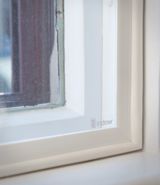
Thermal Inserts
Starting at $28/sf
Block cold drafts in the winter, keep the cool air inside during the summer, and save an average of 20% on your heating & cooling bills. These climate control inserts also reduce noise up to 50% and prevent condensation.
AVERAGE
20%
UP TO
50%
OVER
99%
Adding Indow inserts to an existing window can make your windows perform as well (or better!) than a replacement window, but at a fraction of the cost and without the hassle and disruption of installing new windows.
AVERAGE COST
ENERGY SAVINGS
Your inserts are custom made to your exact window measurements with our proprietary compression tubing, ensuring a nearly airtight seal and backed by our Snug Fit Guarantee.
Your inserts feature premium insulating acrylic that is built to withstand daily use and engineered to perform for the lifetime of your home. Guaranteed to be free from defect by our Lifetime Warranty.
Installation is simple - no tools or modifications to your existing window frames are necessary. Simply slide them into place in seconds and experience immediate results.
Each insert is proudly handcrafted in our Portland, OR facility using materials sourced right here in the USA, which allows us to maintain rigorous quality control and meet our exacting standards.
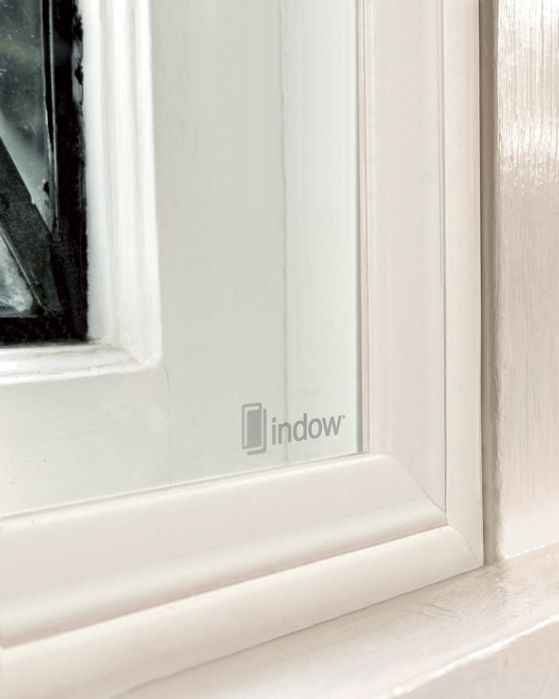
Indow has insulated more than 23,000 buildings - helping reduce carbon emissions by nearly 200,000 tons - and creating comfort across the US & Canada!
Request a Free Estimate. We'll provide you with a preliminary estimate based on your basic window dimensions. It's quick and easy!
Measure your windows with our easy-to-use laser measurement kit. We'll guide you through the simple process, ensuring a perfect fit.
Customize your inserts to match your needs and your aesthetic, with tubing colors that seamlessly blend into your space.
Transform your space with custom-crafted inserts shipped directly to your home, ready to fit perfectly in your windows.
You're one step closer to creating more comfort & quiet in your home.
To receive a customized estimate for your space or learn more about how Indow inserts can improve the comfort, quiet, & efficiency of your home, fill out the fields below.
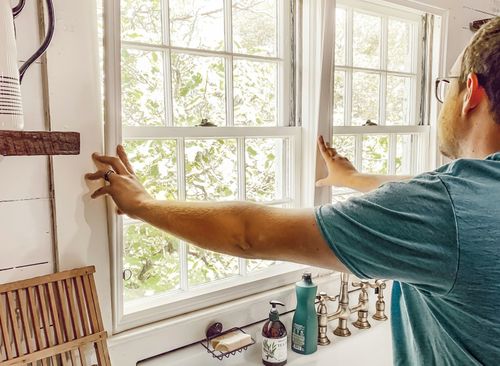
We value safety and privacy. We will never share, sell, or rent your data to third parties not directly related to your purchase or consideration of our products. Read our full policy here.
Everything fit. Installation was easy. I ordered almost 40 Indows and NO problems: clean, clearly marked for installation placement and can’t wait to NOT freeze this winter! Martin and Matt were beyond helpful!